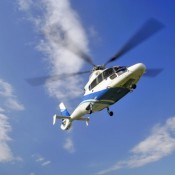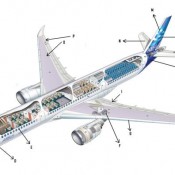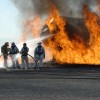Airbus A380: World’s Largest and Most Advanced Airliner
 [audio:https://aviationenglishblog.com/wp-content/uploads/2010/09/Airbus_A380_-_Worlds_largest_and_most_advanced_airliner.mp3|titles=Airbus_A380_-_Worlds_largest_and_most_advanced_airliner]
[audio:https://aviationenglishblog.com/wp-content/uploads/2010/09/Airbus_A380_-_Worlds_largest_and_most_advanced_airliner.mp3|titles=Airbus_A380_-_Worlds_largest_and_most_advanced_airliner]
Airbus A380: World’s Largest and Most Advanced Airliner
The largest airliner in the world, the A380 is a double-deck, widebody airliner from the house of Airbus. Its success is attributed to cutting edge technology and innovation which is evident from the fact that more than 380 applications filed for various technology patents that went into making the world’s most advanced aircraft.
The engineers of Airbus had been working secretly on developing an ultra-high-capacity airliner since 1988 but the project for A380 was formally announced in 1990. The primary focus of the company was a 15% reduction in operating costs. Dubbed by the media as the Gentle Giant, the A380 is now not only in regular service but has become extremely popular with airlines as well as passengers.

























Recent Comments